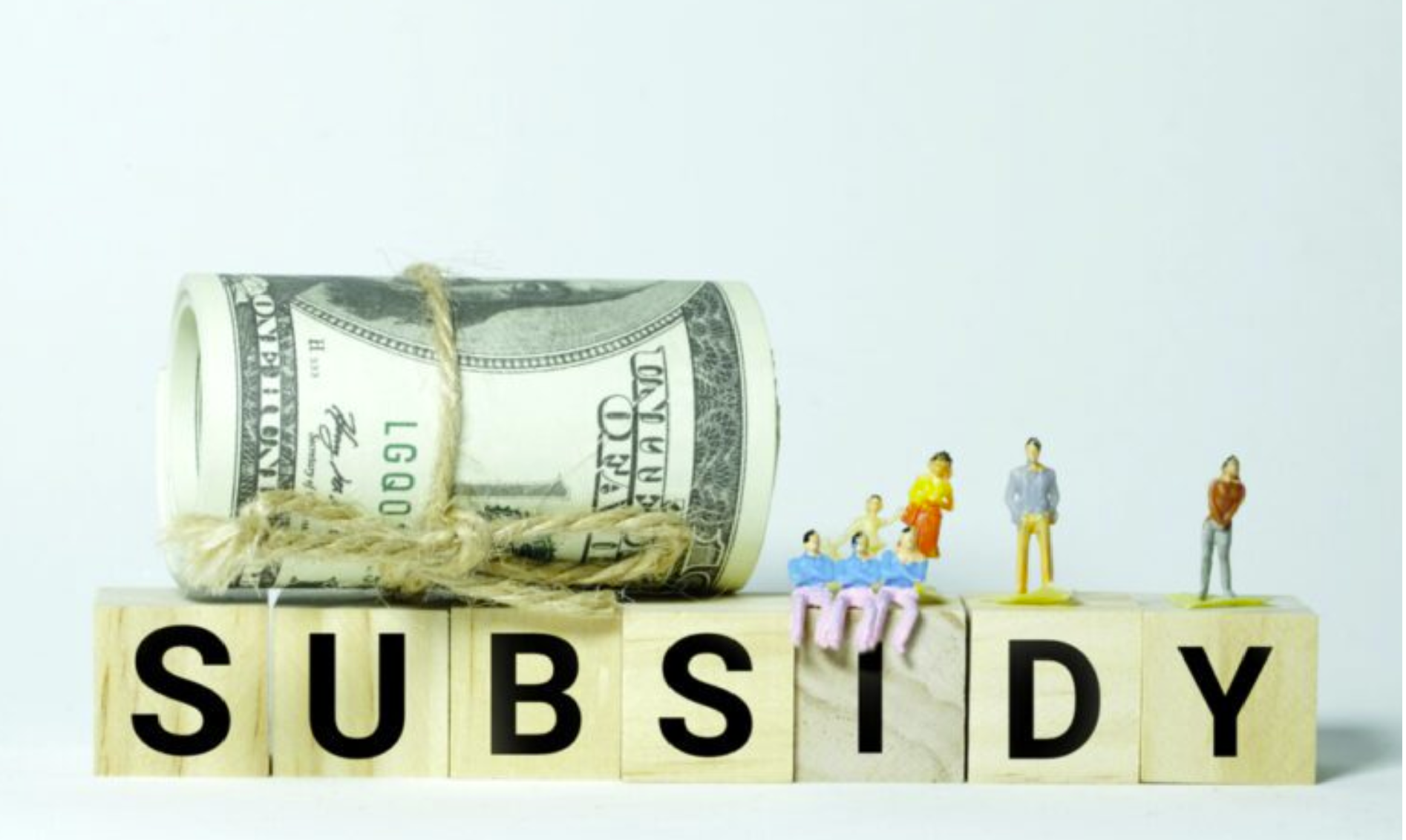In the wake of the election results this week, there have been dozens of articles, like this one in the New York Times, claiming the results show America is more politically divided than ever. Not at all. What the elections results show is that moderates continue to referee between two minority parties over the direction of the country.
In the lead up to the election, the media consensus was that Trump’s controversial administration was going to be resoundingly rejected with a blue wave that would usher in a more progressive agenda for the country. But while it appears that a slim majority of the country has rejected Trump’s brand of leadership, the blue wave never made it ashore.
First and most significantly, it appears that the U.S. Senate will likely stay in Republican control, probably only losing one seat net, notwithstanding that nearly ten were considered potentially vulnerable. Perhaps less consequential over the next two years, but more stunning, was that Americans reduced the number of Democrats in the U.S. House. This was totally unexpected by pundits and pollsters alike. Currently it appears that about 5-10 seats will flip to the GOP.
Also, there was no blue wave at the state level. In most states, including Texas, there was little movement in control of state legislatures. That is all the more remarkable considering the massively funded campaigns to wrestle control away from Republicans in the leadup to redistricting (which will follow the release of the 2020 census results).
America is basically a center-right country and has been for some time now. But the primary process has driven the stances of each party further into the ideological edges of the political spectrum. Consequently, support for both parties has continued to gradually erode. Since 2004, Gallup has been asking Americans this question: “In politics, as of today, do you consider yourself a Republican, a Democrat or an independent?” While identification tends to firm up around elections the trend is clear: Americans are increasingly disillusioned with both parties. Since 2013, independents have enjoyed a plurality in every poll.

As in this election, moderates have, so far, been content to be the adult in the room and discipline whichever party that begins to float wacky ideas, like taking immigrants’ children away, packing the Supreme Court or defunding police departments. They are the ones that have kept complete control of the federal government out of the hands of either party for 36 of the last 50 years.
But the primary process is so broken that it will likely continue to serve up more ideologically extreme candidates, leaving moderates the increasingly odoriferous challenge of holding their noses and picking the least bad candidate. The interesting question is, will they continue to put up with being the referee between two unruly children or decide to take matters into their own hands and demand a fundamental change in the system? I don’t know the answer to that question, but I hope it is the latter.




.png)
